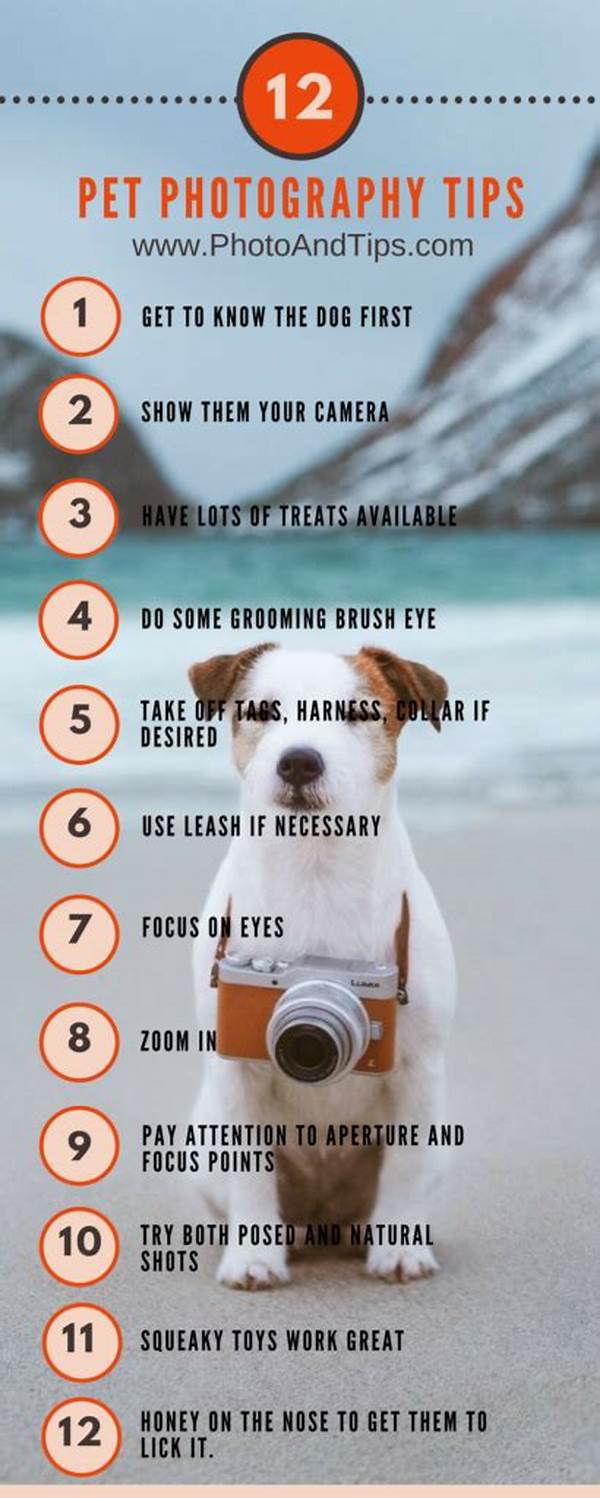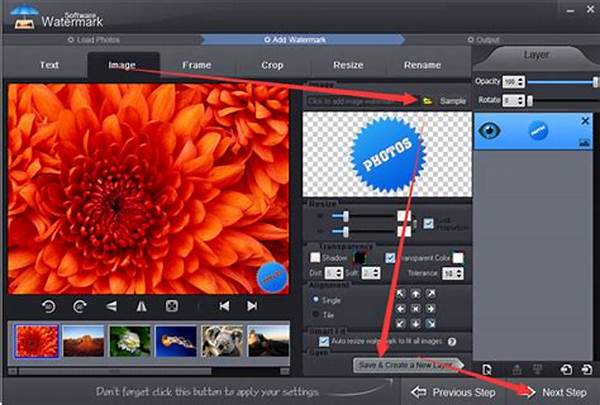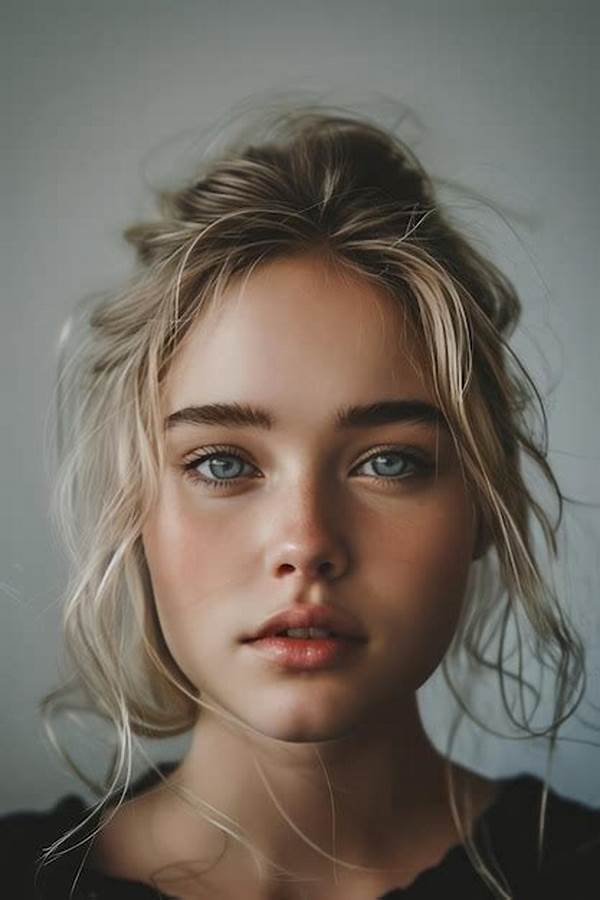Hey there, fellow pet lovers! Ever tried capturing that purrfect moment with your furry friend, only to end up with a blur that could be Bigfoot? Yep, I’ve been there too. Photographing pets in motion is an art form in itself, full of laughter, frustration, and, when done right, sheer joy. So, how about some tips for photographing moving pets? Dive in, and let’s make those tails wag and cameras click!
Read Now : Intuitive Picture Enhancement Software
Understanding Your Pet’s Behavior
Before you even pick up that camera, take a moment to just watch your pet. Understanding their behavior is key to snapping that perfect action shot. Do they always chase their tail clockwise? Or maybe they pounce predictably when you toss a toy? Every pet has their unique little quirks, and once you tap into those, you’re on your way to frame-worthy photos. Timing is everything, so keep your camera handy and be ready to capture those one-of-a-kind moments. Remember, the best tips for photographing moving pets often start with observing their natural habits and routines. With patience and a keen eye, you’ll soon have a collection of dynamic pet portraits that’ll be the envy of your Insta feed.
Essential Equipment for Pet Photography
Invest in a good camera with a fast shutter speed. A DSLR or mirrorless camera can be great, but smartphones have come a long way too. Remember to also pay attention to lighting, especially if you’re indoors; natural light is your best friend. For the best tips for photographing moving pets, always keep some toys or treats handy to grab their attention.
Use burst mode to increase your chances of catching that perfect motion shot. Adjusting your shutter speed to a higher setting minimizes motion blur. Lastly, get down on your pet’s level. A lower angle often captures their personality more vividly. Follow these tips for photographing moving pets, and you’ll have a gallery of lively photos in no time!
Composing the Perfect Shot
Think about composition while you’re chasing your pet around with your camera. The rule of thirds can be your best friend in framing your energetic subject. Try to keep the background simple and uncluttered so your pet stands out. And don’t forget to fill the frame! Your pet’s expression is the star of the show here.
Sometimes, capturing motion isn’t just about the clarity of the shot but also about the story it tells. Some slight blur can even add a sense of action in your photos. Play with different angles and perspectives, and don’t be afraid to experiment! The most important tip for photographing moving pets is to have fun with it.
Common Challenges and How to Overcome Them
1. Blurry Images: Increase your shutter speed and use burst mode to combat blurriness.
2. Distracted Pets: Use toys or treats to keep their focus.
3. Low Light: Opt for natural daylight or increase your ISO settings.
4. Busy Backgrounds: Try positioning your pet against a simpler backdrop.
5. Timing: Study your pet’s routine to anticipate action moments.
6. Communication: Familiarize them with the sound of your camera.
7. Unexpected Movement: Position the camera where the action is likely to happen.
Read Now : Quick Color Correction Tips
8. Limited Space: Make use of your zoom or move to a bigger area.
9. Camera Settings: Don’t hesitate to experiment with different settings.
10. Patience: Yes, this is as important as any technical tip. Relax and enjoy the process!
Leave Room for Spontaneity
Let’s be honest, pets are unpredictable, and that’s part of their charm. Allow some spontaneity in your photoshoots, because sometimes the best shots are the unplanned ones. If you’re following all the tips for photographing moving pets, you’re already ahead, but leave room for unexpected magic.
When your pet does something silly or unexpected, be quick on the draw. Those spontaneous moments are often pure gold. Remember, every session doesn’t have to be perfect. Happy accidents can turn into your best shots. Don’t stress too much about getting everything right, focus on capturing the love and joy your pet brings to your life.
The Role of Patience in Pet Photography
Patience is key when it comes to any kind of photography, but particularly with pets. They don’t follow directions like human models, but they are genuine and uninhibited, which makes them fantastic subjects. By keeping calm and patient, you create a comfortable atmosphere that can lead to more relaxed subjects.
Take breaks if needed, and give your pet some time to adjust to your camera and movements. By following these tips for photographing moving pets, you’ll not only capture great images but also deepen your bond with your furry friend. Enjoy the adventure, and remember: great photos are a result of patience, practice, and a bit of pet-induced chaos!
Bringing It All Together
In summary, photographing moving pets can be a delightful challenge. By understanding your pet’s behavior, choosing the right equipment, focusing on composition, and overcoming common challenges, you’ll capture amazing images that showcase your pet’s unique personality. The key tips for photographing moving pets include using patience and spontaneity to your advantage.
Above all, make sure you’re having fun. Your pet can sense your mood, and the more relaxed you are, the better the shoot will go. So grab your camera, try out these tips for photographing moving pets, and get ready to create some frame-worthy shots that’ll leave everyone in awe. Your pet, after all, is the real star of the show!



